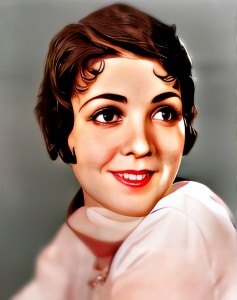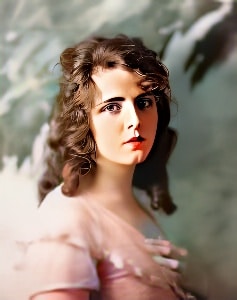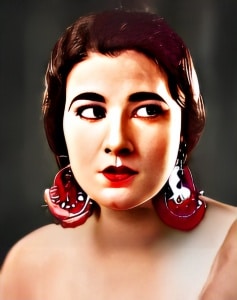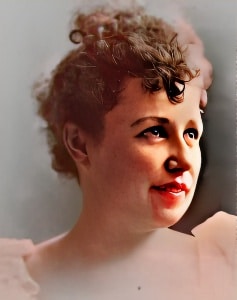 Lila Lee, born Augusta Wilhelmena Fredericka Appel on July 25, 1901, in Union Hill, New Jersey, was a notable actress of the silent and early sound film eras.
Lila Lee, born Augusta Wilhelmena Fredericka Appel on July 25, 1901, in Union Hill, New Jersey, was a notable actress of the silent and early sound film eras.
Her career spanned several decades, and she left an indelible mark on the history of American cinema.
Lila Lee’s journey into the world of entertainment began during her teenage years when she worked as a fashion model and appeared in various silent films. Her early roles were often minor, but her talent and on-screen presence quickly became evident, leading to more significant opportunities.
One of the defining moments in Lila Lee’s career was her collaboration with director Cecil B. DeMille. DeMille recognized Lee’s potential and cast her in several films, including “ Male and Female” (1919) and “Why Change Your Wife?” (1920). These films marked the beginning of Lee’s ascent to stardom and her association with DeMille’s grand productions.
In the 1920s, Lila Lee’s remarkable beauty and acting talent made her a sought-after leading lady in Hollywood. Her performances in films like “ Blood and Sand” (1922), “The Unholy Three” (1925), and “Enemies of the Law” (1925) solidified her status as one of the era’s top stars. Lee’s ability to convey a wide range of emotions through her expressions and physical acting endeared her to audiences.
Lee’s transition to sound films was a natural progression, and her melodious voice and charisma made her a versatile actress in the new era of cinema. She continued to appear in a variety of films, from comedies to dramas, adapting to the changing landscape of Hollywood.
One of the notable sound films in Lila Lee’s career was “ Blood and Sand” (1922), directed by Fred Niblo and based on the novel by Vicente Blasco Ibáñez. Lee played the role of Carmen, opposite silent film icon Rudolph Valentino. The film was a significant success and showcased Lee’s ability to hold her own alongside one of the era’s biggest stars.
As the 1930s unfolded, Lee continued to make appearances in sound films, including “Young Bride” (1932) and “The Best Man Wins” (1935). Her enduring talent and ability to adapt to changing genres and styles ensured her continued presence in the industry.
Lila Lee’s legacy in the film industry extended beyond her acting career. She also worked as a makeup artist at Warner Bros. and was known for her expertise in the field of cosmetics and beauty. Her influence on the beauty and fashion industry is a lasting part of her legacy.
In her later years, Lila Lee made occasional film and television appearances while also focusing on her various business endeavors. Her impact on the world of entertainment and beauty continued to be celebrated by those who admired her contributions to the film industry.
In conclusion, Lila Lee was a versatile and celebrated actress of the silent and early sound film eras. Her talent, remarkable beauty, and adaptability allowed her to excel in a variety of roles and genres. While her name may not be as widely recognized today as some of the leading actors of her time, her performances and her contributions to the history of cinema remain a valuable part of the rich legacy of early Hollywood. Lee’s enduring impact on the film and beauty industries makes her a remarkable figure in the history of American entertainment.
Loading live eBay listings...




